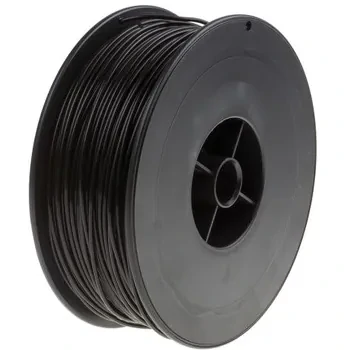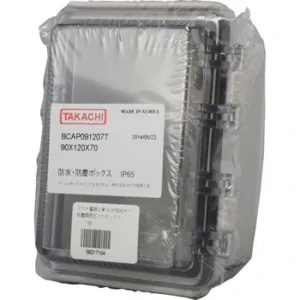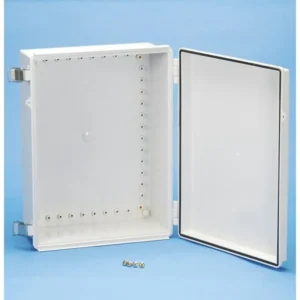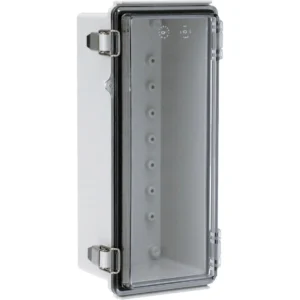Description
Description: Quantity: 1 piece
Specification: Printing Technology: FDM, Print Material: PLA, Mechanical Specifications: None, Color: Black, Weight: 300g, Diameter: 1.75mm, Polylactic Acid (PLA) resin has low warping, allowing printing without a heat bed. When using a heat bed, the recommended temperature is plus or minus 35-60 闂傚倷鑳堕、濠傗枍閿濆鍋? PLA can be used with all common desktop FDM or FFF technology 3D printers. RS PRO 3D Printer Filament PLA 1.75 mm, 2.3 Kg. Polylactic Acid (PLA): A biodegradable plastic derived from renewable natural resources, and one of the most common materials used in 3D printing. Plastics like PLA are simple, have high dimensional accuracy, and are low cost, making them the most common 3D printing materials. PLA can be printed at low temperatures, doesn’t require a heat bed, and is one of the most environmentally friendly filaments. PLA is a robust, easy-to-use high-quality PLA type filament that is ideal for 3D printing. With slight modifications, this filament maintains the typical properties of PLA while becoming more robust and improving brittleness. PLA has a low shrinkage rate, so it does not deform after cooling. The RS Pro Series PLA 3D printing material is available in a variety of colors. 125-4335 Black 125-4337 White 125-4339 Dark Blue 125-4341 Red 125-4343 Silver. Features and Benefits: More robust and not brittle compared to regular PLA, easy to print at low temperatures, low warping; unlike ABS filament, PLA is biodegradable, derived from crops like corn and sugarcane; low odor; long shelf life. To maintain the quality of the filament, it is important to store this filament properly. Over time, plastic absorbs moisture from the air, causing small bubbles to form in the filament. When these bubbles are heated in the nozzle of the extruder, they quickly reach boiling point, compromising the print quality. The use of a desiccant dehumidifier that absorbs moisture is strongly recommended. Storage Location: Storing in a cool, dry place (15-25 Celsius degrees) away from UV light can significantly extend the shelf life. Typical Applications: In 3D printing, PLA is used for a wide range of applications, including general modeling, hobbyists, medical, education, prototyping, jewelry, architectural models, aerospace industry, engineering, and automotive industry. Frequently Asked Questions: What materials can be used for 3D printing? Various materials can be used for 3D printing, including PLA, ABS resin, polyamide (nylon), glass-filled polyamide, stereolithography materials (epoxy resin), silver, titanium, steel, wax, photopolymer, and polycarbonate. What is the cheapest 3D printing material? PLA and ABS are the cheapest.
RoHS Directive (10 substances): Compliant




